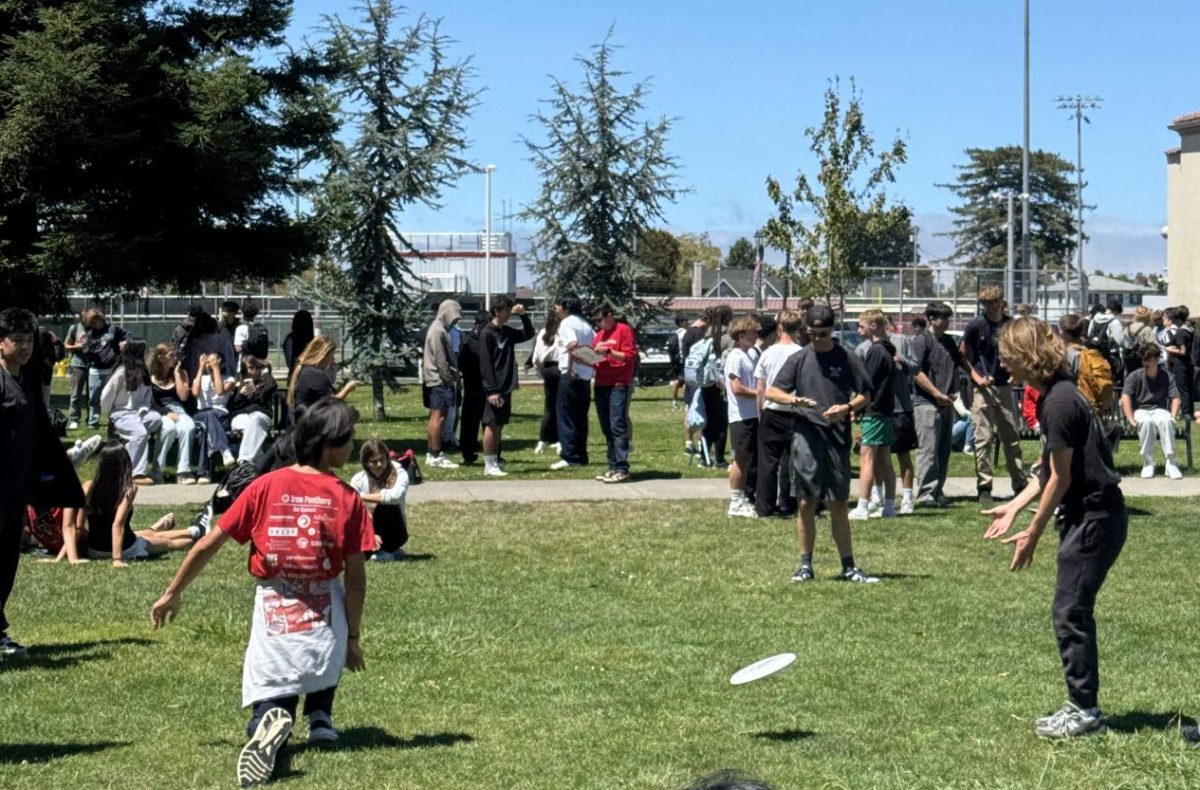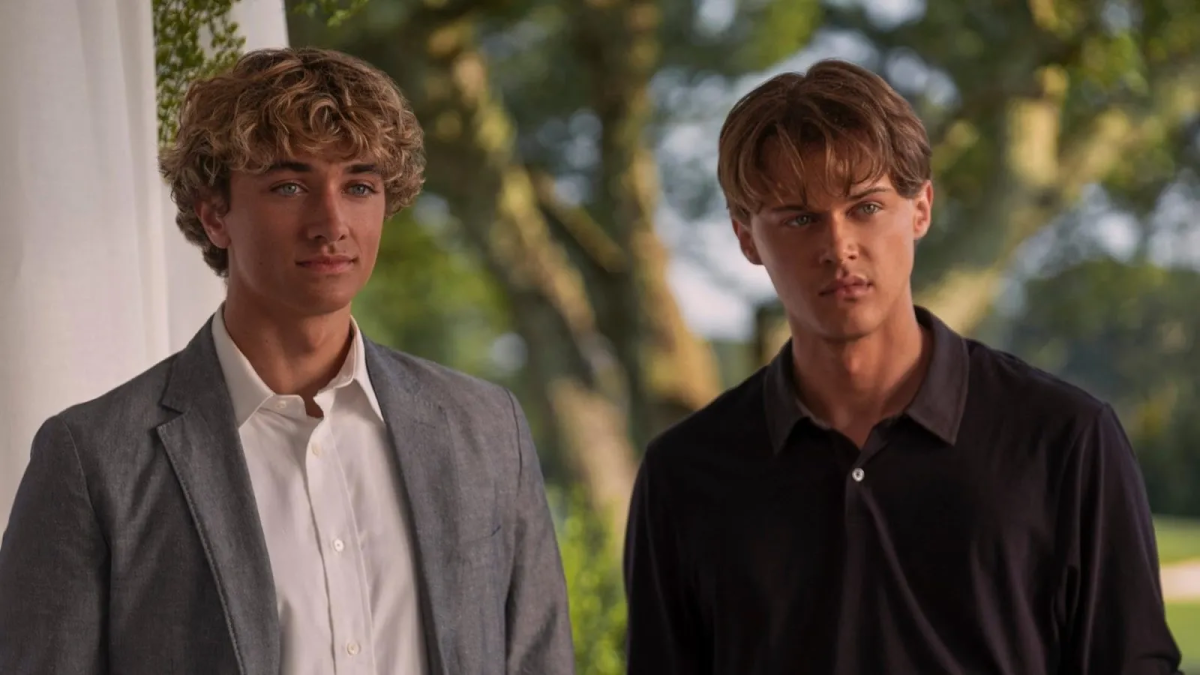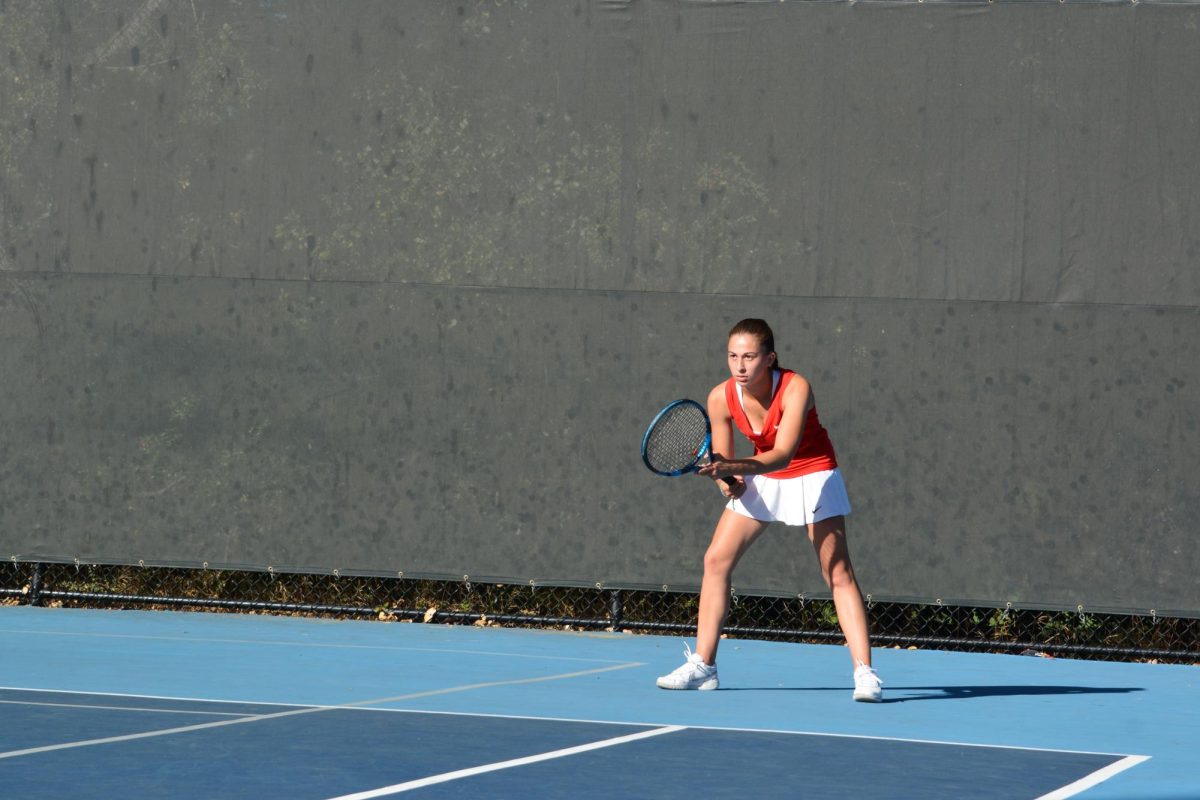When I pictured high school life as a rising freshman, I imagined hectic hallways, cliquey cafeterias and spirited football games. Like most nervous eighth graders, I was imagining myself trying to survive in stereotyped American teenage movies or tv shows — remembering scenes from “Mean Girls,” “Friday Night Lights,” “Grease,” and “The Breakfast Club” filled me with horror. Once I arrived at Burlingame, however, I discovered that my vision was distorted. Although Burlingame has its fair share of challenges, the high school environment is nothing like the one I encountered on the screen.
Clichés exist for a reason: Ultimately, the typecasts perpetuated in these clichéd films are rooted in reality. And truthfully, I have witnessed and even experienced these stereotyped situations during my time at Burlingame. Squeezing through crowded halls from one class to the next and feeling intimidated to find a lunch table are everyday occurrences. Still, there remains a considerable disparity between the atmosphere at Burlingame and the one that I had envisioned before entering high school.
Many movies tend to exaggerate ordinary happenings of high school life to render the narrative more engrossing. Watching a movie about an ordinary football game is not all that thrilling, but when the quarterback suffers a life-changing injury during the game, the tale becomes far more captivating (see “Friday Night Lights).” Naturally, before entering high school, we’re prone to the misconception that these events are normal. That’s a far cry from reality. Take the example of football games again: At Burlingame, most students consider football games to be a social event rather than a sporting one. Very few fans know what the score is, and even less understand how football works. From my observations, the majority of the crowd seems more concerned with not falling off the bleachers and regretting their decision not to bring a sweatshirt.
Similarly, consider Mark Waters’ classic Mean Girls, a 2004 comedy that follows 16-year-old Cady as she navigates her way through the exciting journey of high school. The scene that struck me the most was when she was searching for a seat during lunch and was so intimidated by the cliques that she ended up eating in a bathroom stall. As the start of my high school career drew near, I was concerned that I might have a similar experience to Cady. Fortunately, this scenario was merely another instance of exaggerating ordinary events to enhance the storyline. Sure, finding a lunchtime seat at Burlingame may sometimes feel unnerving, but I discovered that people were considerably more welcoming when having arrived here.
Beyond the dramatization of everyday events, cliques are one of the most commonly misrepresented aspects of high school in these movies. A clique is a group of people who share similar interests or traits and are not welcoming to newcomers.
In these films, cliques are typically limited to reflect a single personality, such as the “jocks,” “brainiacs,” “theater kids” and “skaters.” That is essentially what happens in Peter Barsocchini’s “High School Musical.” The film centers around two students belonging to different cliques who discover a passion for singing, but are unable to express their feelings due to the rigid social system at their school. This supports the idea that in high school, we need to fall into a particular category and refrain from expressing other interests.
At Burlingame, students occasionally befriend those who had similar hobbies as them. But from my experience, countless groups of friends also get along despite possessing dramatically different interests. No one bats an eye if a lacrosse player is friends with the captain of a robotics team, or the drum major sits at the same lunch table as the basketball stars.
Additionally, the classifications ascribed to characters in these films would often lead to a certain type of social hierarchy. For instance, the jocks and cheerleaders would typically be more popular than the nerds and theater kids. I would be lying if I claimed that Burlingame didn’t have a social structure akin to the ones portrayed in these movies. Popular girls hang out with popular girls, popular boys hang out with popular boys, and the same goes for other groups. Regardless, it seems there is a lot more flexibility in terms of determining which groups will be popular and which won’t. At Burlingame, being popular is not linked to an identity like “the jocks” and similarly, being unpopular is not linked to an identity like “the nerds.”
In other words, one is not constrained to embracing one particular identity in high school, contrary to what is implied in these clichéd high school movies. These years can and should allow students to engage in foreign endeavors in an effort to pursue their different passions — not to restrain themselves to those same stereotypical high school experiences.













































